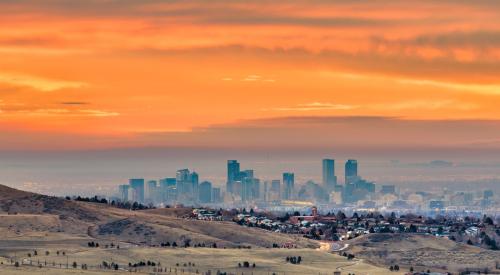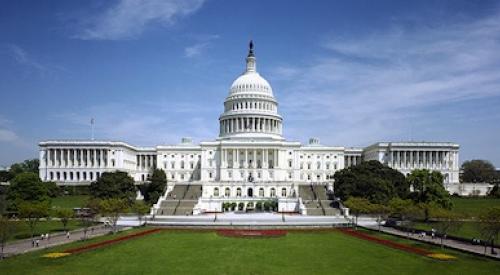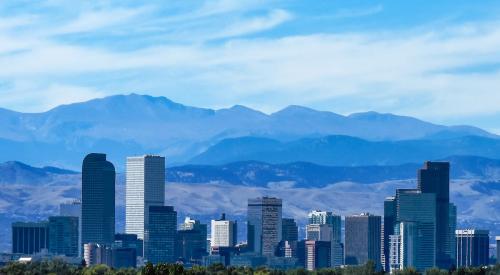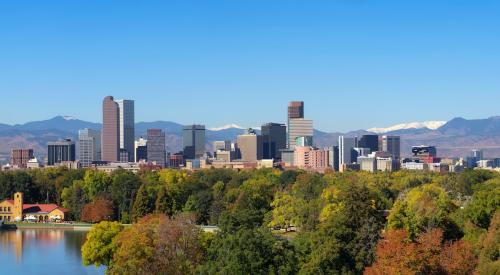According to a recent analysis of U.S. Census data by LendingTree, the cities of Denver, Las Vegas, and Phoenix have the highest ratio of newcomers compared to long term residents. In other parts of the country, such as Pittsburgh, the share of residents who have lived in the city since before 1990 is 22%. In Denver, the share of newcomers since 2017 is 19.5%. On the flip side, just 8.1% of Denver residents have lived there since before 1990, says the Denver Post. LendingTree found that the most expensive cities tend to have the smallest share of newcomers.
About 12.6% of metro Denver homes are occupied by someone who had moved in during the 1990s, compared to 19.6% of L.A. homes and 18.4% of homes in Providence, R.I. Just over one in four homeowners in metro Denver or 25.7% trace their residency to the ’00s, the decade of the housing boom and bust when a lot of homes were built.
Houston has the highest share of homeowners who moved in during that decade at 30.15%, followed by Riverside, Calif., and Washington, D.C.
“For the most part, people who move from one home to another, tend to stay in the same area. They do this because they’ve already got a job in the area, or because they don’t want to uproot their families. Beyond that, moving long distances can be both expensive and logistically challenging,’ he said.
That means metro Denver is likely experiencing housing churn and not necessarily an outflow of longtime residents to more affordable markets.
The study also found a correlation between home price appreciation and the share of new occupants. The median home value in the three markets with the highest share of newcomers rose 26.5% between 2016 to 2019, while the three lowest-ranked metros saw a 16.5% increase.













